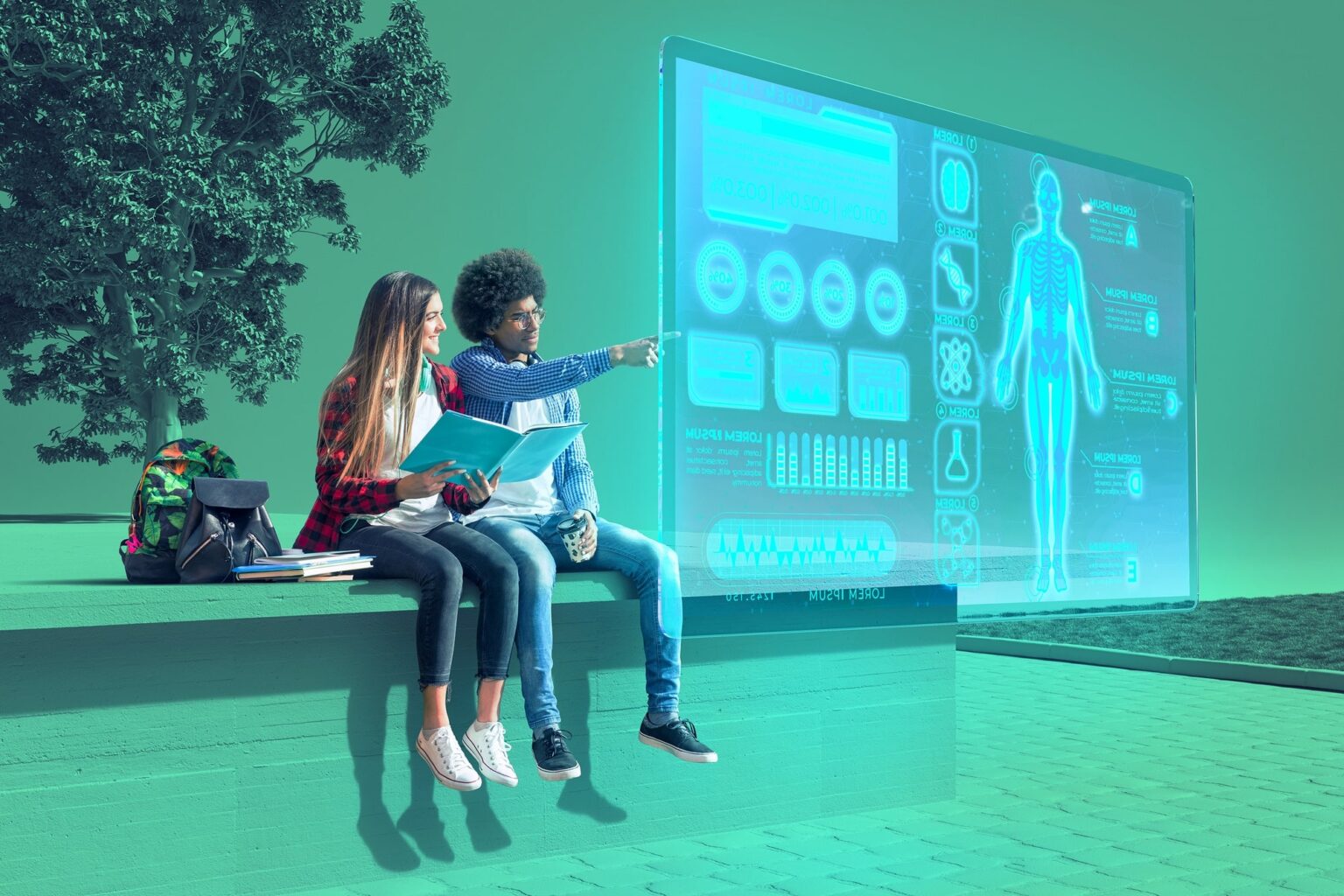Digital twins refer to virtual replicas or models of physical objects, processes, or systems. In the context of IoT-enabled predictive maintenance, digital twins play a crucial role in improving the efficiency and effectiveness of maintenance operations. Here’s how digital twins are used to create virtual models for IoT-enabled predictive maintenance:
Data Collection: IoT sensors and devices embedded in physical assets collect real-time data on various parameters such as temperature, vibration, pressure, and performance indicators. This data is fed into the digital twin, creating a dynamic representation of the asset in the virtual world.
Virtual Modeling: The digital twin uses the collected data to create a virtual model that mimics the physical asset’s behavior and characteristics. The model can be as simple as a single asset or complex, representing an entire system or process involving multiple interconnected assets.
Real-time Monitoring: The digital twin continuously receives real-time data from the IoT sensors deployed on the physical asset. By comparing the real-time data with the virtual model, the digital twin provides an accurate representation of the asset’s current state, including its performance, condition, and any anomalies or deviations.
Predictive Analytics: The digital twin leverages advanced analytics, machine learning, and artificial intelligence algorithms to analyze the data and identify patterns, trends, and potential issues. By analyzing historical and real-time data, the digital twin can predict when and how the asset might experience failures, performance degradation, or maintenance needs.
Proactive Maintenance Planning: Based on the insights generated by the digital twin, maintenance teams can plan and schedule maintenance activities proactively. The digital twin provides early warnings and recommendations for maintenance actions, enabling predictive and condition-based maintenance strategies. This approach helps prevent unplanned downtime, optimize maintenance schedules, and reduce maintenance costs.
What-if Analysis and Simulation: Digital twins allow for what-if analysis and simulation scenarios. By manipulating variables and parameters in the virtual model, maintenance teams can assess the impact of different maintenance strategies, operational changes, or environmental factors on asset performance and maintenance outcomes. This enables them to make informed decisions and optimize maintenance plans.
Remote Monitoring and Control: Digital twins enable remote monitoring and control of assets. Maintenance teams can access the digital twin from anywhere, track the asset’s performance, and make necessary adjustments or interventions remotely. This capability reduces the need for physical inspections and interventions, saving time and costs while improving operational efficiency.
Continuous Improvement: The digital twin creates a feedback loop between the physical asset and its virtual model. The real-time data collected from the physical asset is used to update and refine the digital twin, improving its accuracy and predictive capabilities over time. This continuous improvement cycle enhances the effectiveness of predictive maintenance and enables ongoing optimization of asset performance.
By utilizing digital twins for IoT-enabled predictive maintenance, organizations can optimize maintenance operations, reduce costs, minimize downtime, and prolong the lifespan of assets. Digital twins provide a powerful tool for monitoring, analyzing, and simulating asset behavior, enabling proactive and data-driven maintenance strategies that improve operational efficiency and maximize asset performance.



